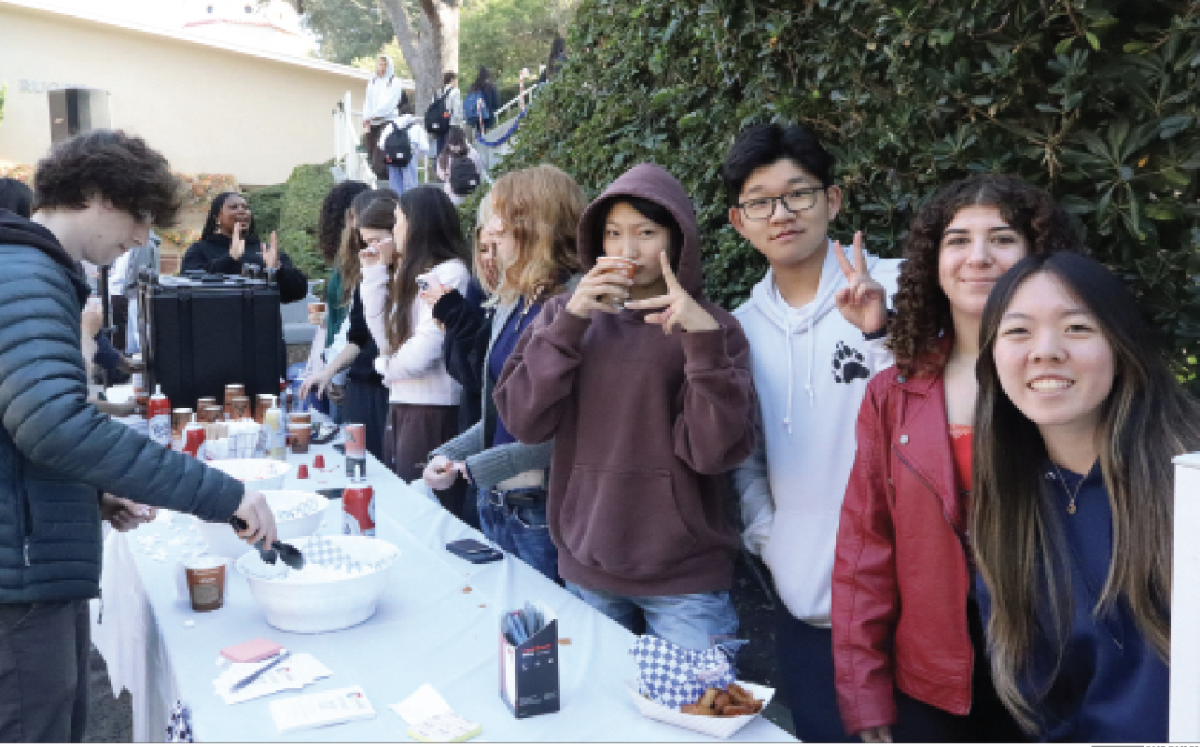By Alice Phillips
The athletic department plans to collaborate with researchers at the Kerlan-Jobe orthopedic clinic, the University of California, Los Angeles, and Children’s Hospital Los Angeles/University of Southern California to study the health of Harvard-Westlake athletes in a Sports Medicine Institute, Head of Athletics Audrius Barzdukas said.
The researchers are looking for information on the effects of various training regimens on high school age athletes and injuries to those athletes because most athletic studies are done on college age athletes, Barzdukas said.
High school athletes are rarely studied because it is far more difficult for them to commute from their high school to a research facility than for college students to walk across campus for a study, he said.
“How many middle school and high school age kids play sports across America?” Barzdukas said. “A lot! So you have this massive group of people engaged in all these activities and there’s an area of research that, relatively speaking, is under-studied compared to other population groups. Our dream is to fill that niche.”
To accommodate the Sports Medicine Institute, as well as to improve the locker room facilities, the school plans to renovate the first floor of Taper Gymnasium.
Several donors have expressed interest in funding the Taper renovations, President Thomas C. Hudnut said.
The renovation will rearrange much of the locker room facility to free up space for rehabilitation equipment, Barzdukas said.
“Showering after P.E. class is a relic of a bygone era,” Barzdukas said. “Kids use lockers differently than they did 25 years ago. We want to take that space and redo it, creating an institute for scholastic sports medicine and science.”
The potential renovation would allow more students to be seen by the trainers (now, the trainers’ room is packed to capacity after school) and make rehabilitation programs easier for students because, instead of having to go to physical therapy centers throughout Los Angeles, athletes would be able to rehabilitate in Taper during frees and right after school, Barzdukas said.
“We needed some more space,” Barzdukas said. “Demand is exceeding our supply.”
The medical researchers approached Harvard-Westlake about expanded collaboration after conducting four studies on Harvard-Westlake athletes, including the ongoing bone density study.
In the future, the researchers might employ the assistance of student researchers with the help of the science department to collect data on a regular basis, Barzdukas said.
A potential research project would be the effects of various exercises on jump height.
The fruits of generated research the Sports Medicine institute could benefit schools across Southern California, and trainers from other athletic departments have already visited Harvard-Westlake to learn about our concussion assessment and treatment standards, Barzdukas said.
The Athletic Department has also discussed ways to involve parent doctor volunteers in the treatment process.
“I think that the Institute for Scholastic Sports Medicine and Science will help to establish our school as one of the leaders in research, care and management of sports related injuries and health,” Barzdukas said.


































